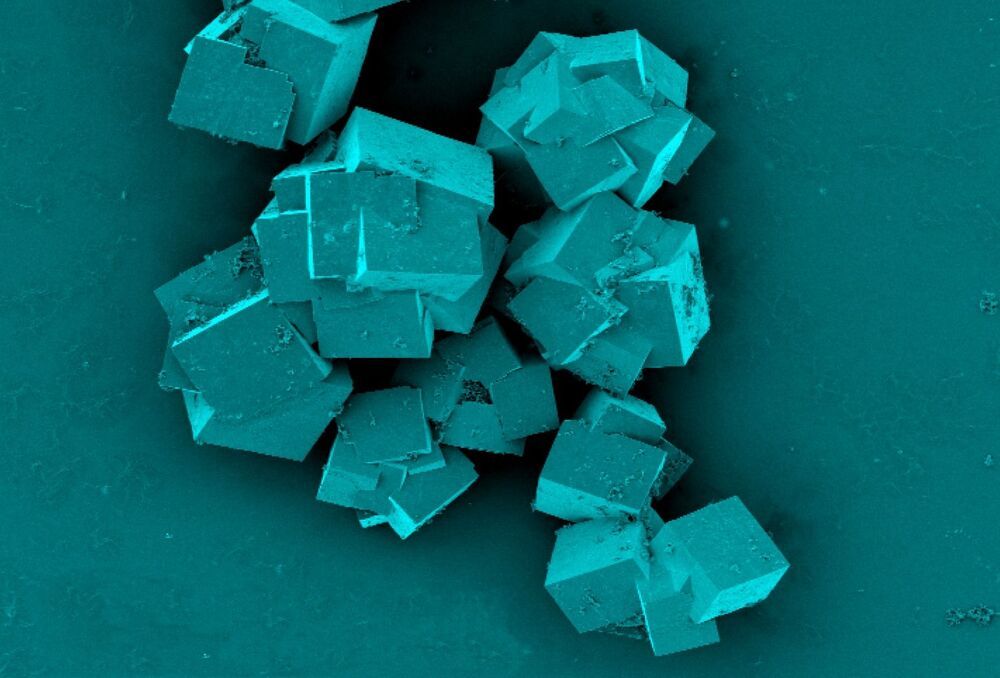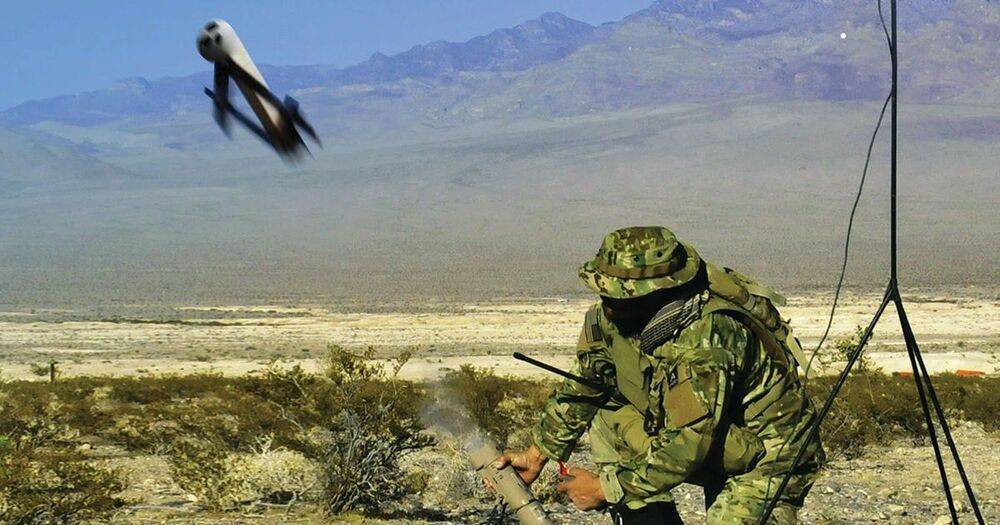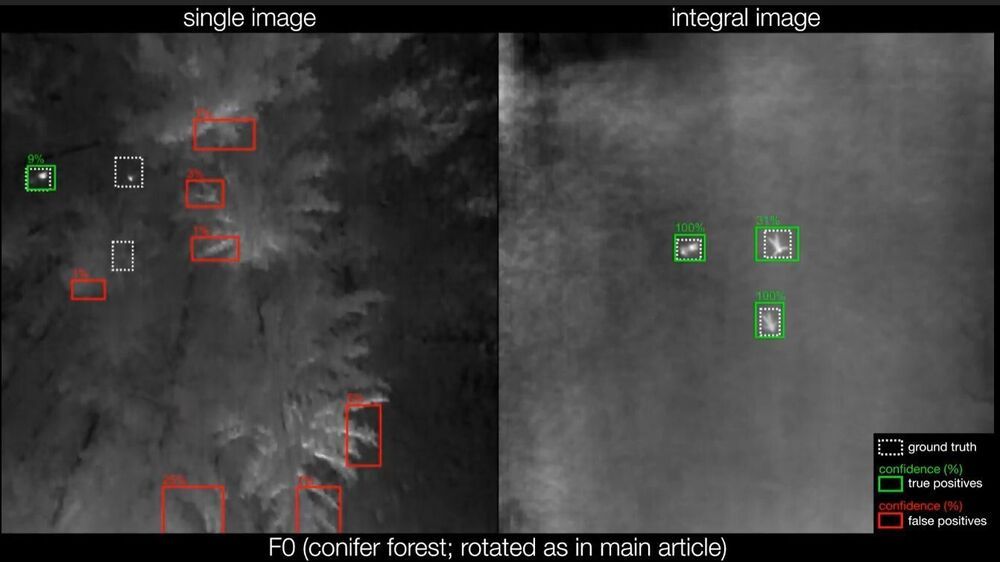
This week, I had some amazing discussions with Navajo Nation Math Circle leaders — Dave Auckly and Henry Fowler. The idea of starting a math circle on Navajo land was initially brought up by a wonderful math educator and mathematician raised in Kazakhstan, Tatiana Shubin. Here is a small tribute to their efforts:
Project activities were launched in the Fall of 2012. A team of distinguished mathematicians from all over the US, as well as local teachers and community members, work together to run the outreach. Navajo Nation Math Circles present math in the context of Navajo culture, helping students develop their identity as true Navajo mathematicians. “We want to find kids who would not have discovered their talents without our project, to help them realize that they can change the world,” says Fowler. Having introduced Navajo children to the joy of mathematics, the project also yielded a book, Inspiring Mathematics: Lessons from the Navajo Nation Math Circles, which contain lesson plans, puzzles and activities, and other insights for parents and teachers to embrace.
An extension of Navajo Nation Math Circles is an annual two-week Baa Hózhó summer math camp at Navajo Technical University. “Baa Hózhó” means “balance and harmony,” tying together the ideas of mathematical equilibrium with the way of life embraced by Navajo people. The summer camp is widely popular with parents and children; the older students come back as counselors, making everyone feel like one big family. It is preceded by an annual student-run math festival in local schools across the Navajo Nation, where students share their passion for mathematics with families and friends.
Fowler’s ultimate goal is to create a Mathematical Research institute on Navajo land, where local and international researchers could exchange math ideas and study the best ways of teaching mathematics to Indigenous people, enriching worldwide mathematical sciences. Hopefully, the great strides in the Navajo Nation math education will encourage leading high-tech companies to support the rise of a new generation of diverse, talented and passionate Native American STEM professionals.









